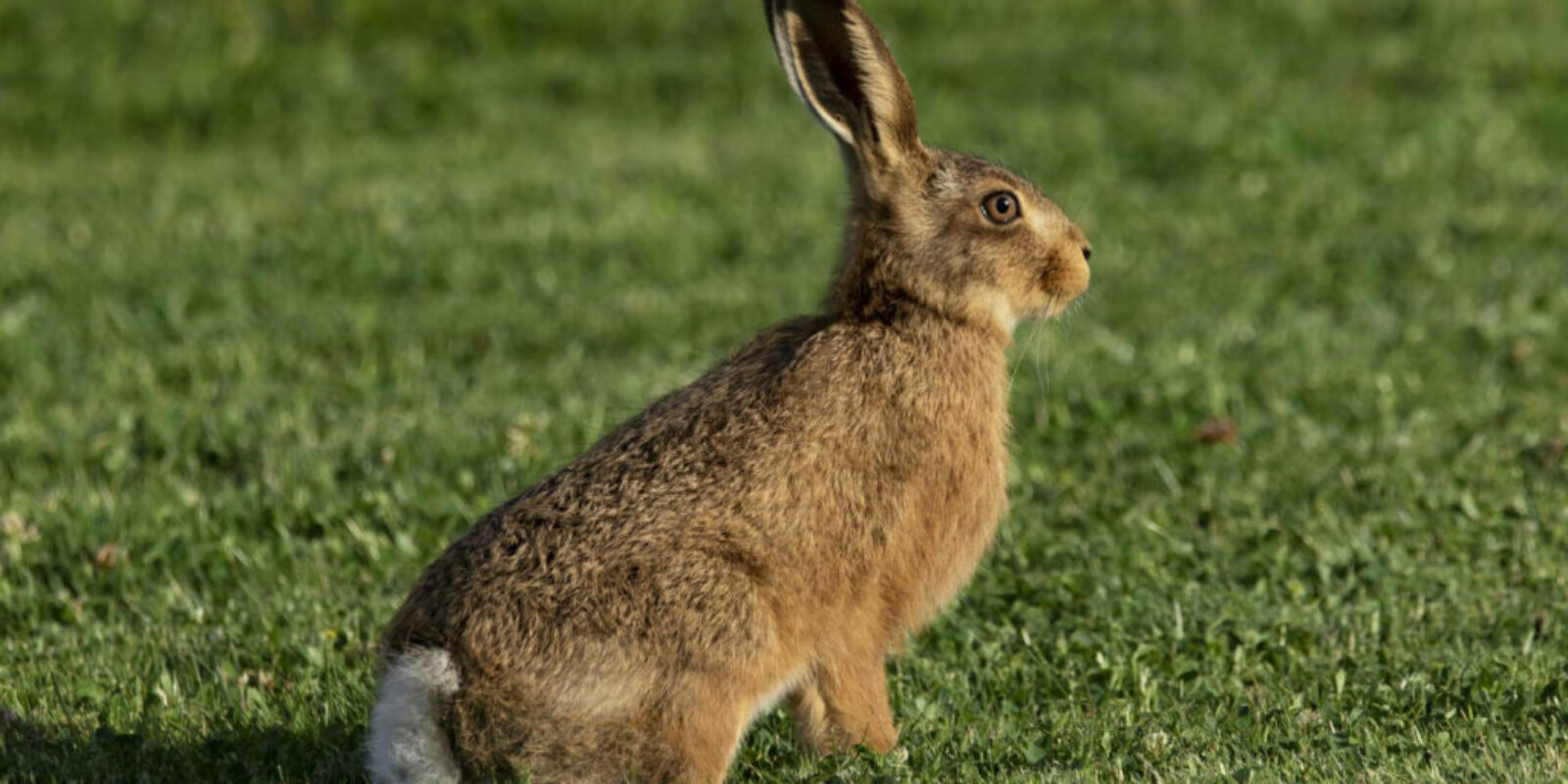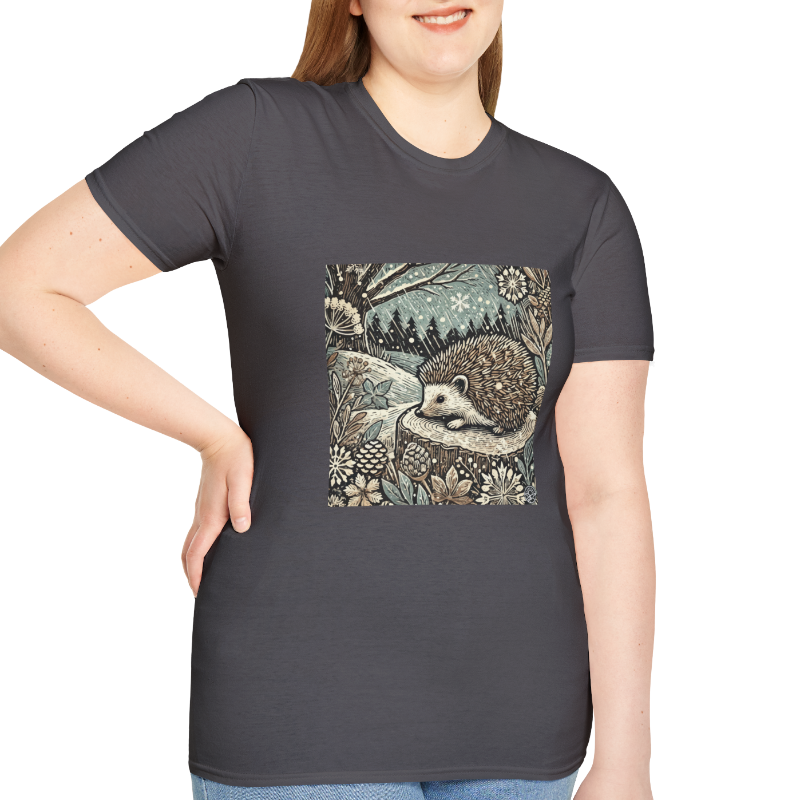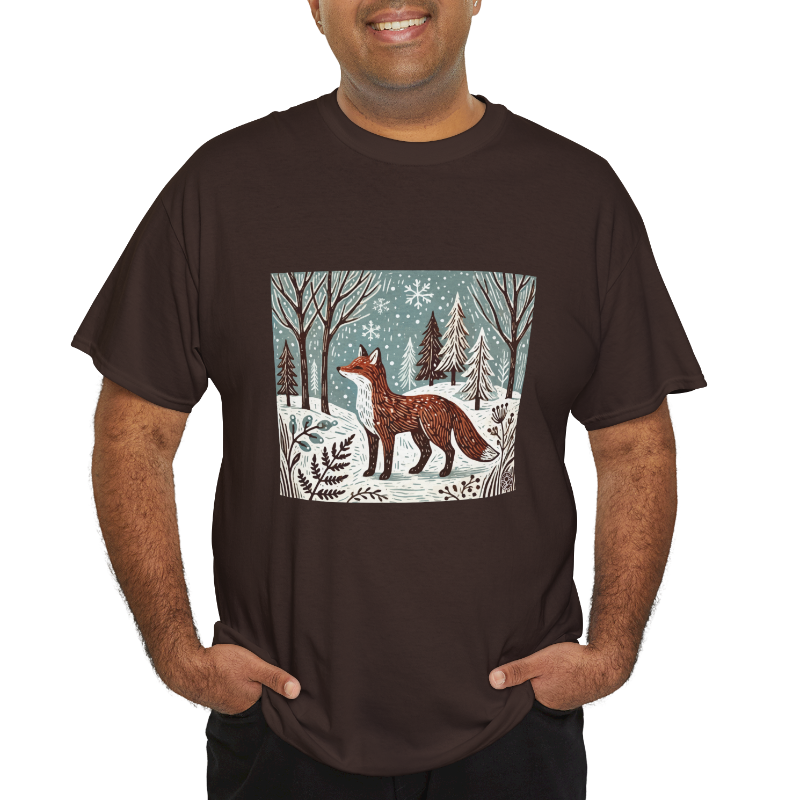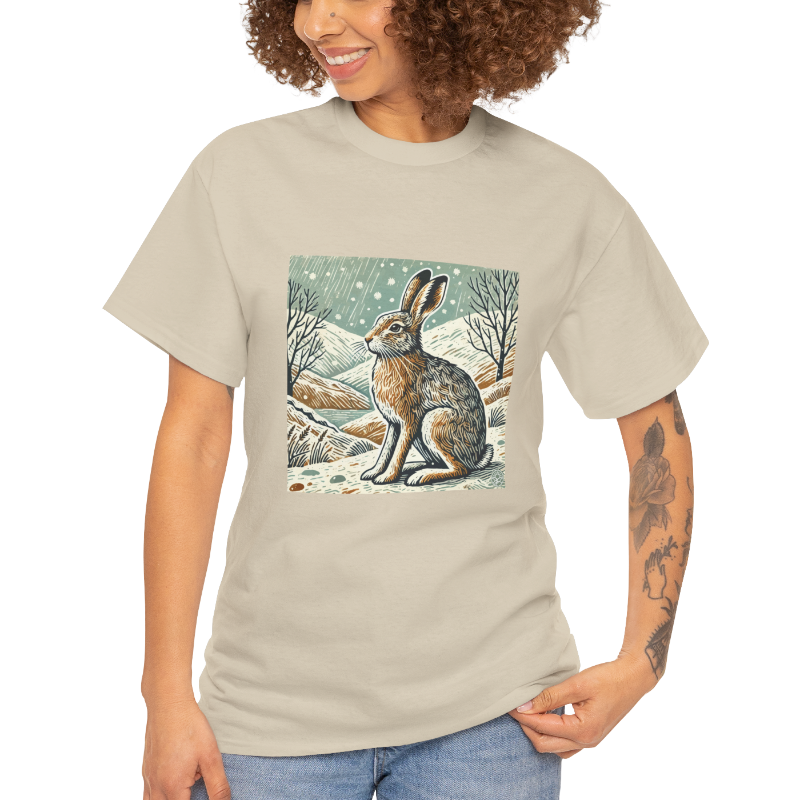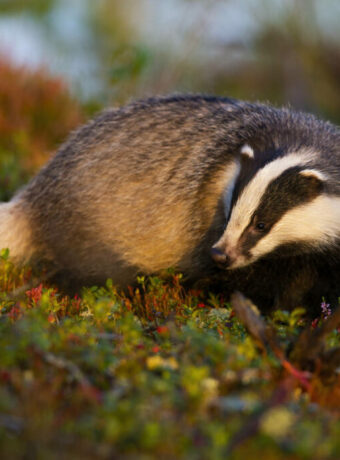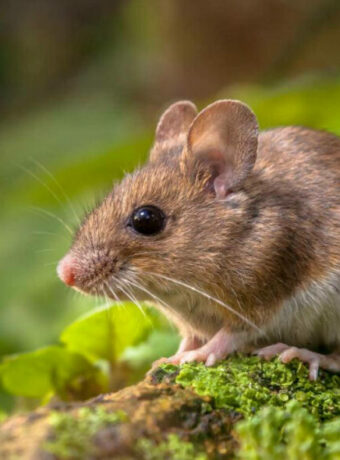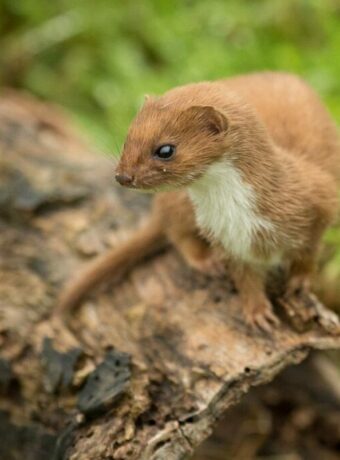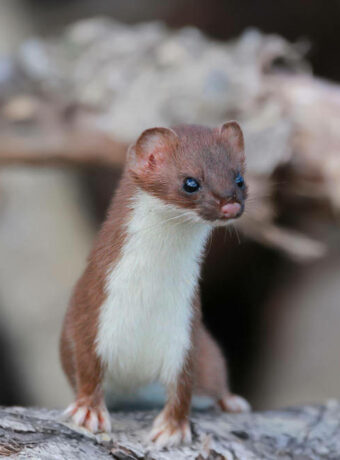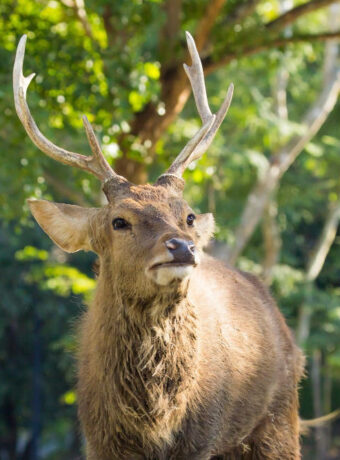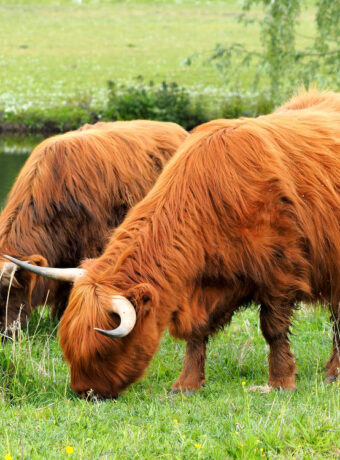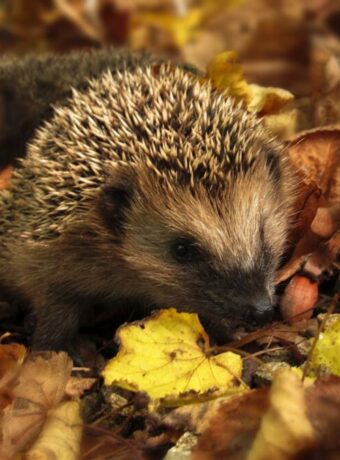The hare (Lepus europaeus) is a fascinating and iconic mammal in the UK, known for its long ears, powerful legs, and incredible speed. Hares are often associated with open countryside and have deep cultural and ecological significance. The European Brown Hare is native to the UK and much of Europe, with population declines due to habitat loss and changes in agricultural practices.
Hares are part of the order Lagomorpha, which also includes rabbits and pikas, though they differ significantly in terms of size, behavior, and habitat preferences.
Scientific Classification
Common Name: European Brown Hare
Scientific Name: Lepus europaeus
Family: Leporidae
Order: Lagomorpha
Conservation Status: Near Threatened (IUCN Red List)

What Do Hares Look Like
Hares are distinguishable from rabbits by their longer legs, larger size, and solitary behaviour. They have powerful hind legs, which allow them to run at speeds of up to 70 km/h (43 mph) to evade predators. They have a slender body, large ears with black tips, and a short tail. Adult hares typically weigh between 3–4 kilograms and measure 50–70 cm in length. Their fur is tawny brown with white underparts, offering excellent camouflage in open fields.
Physical Appearance
Size: 48-70 cm (19-28 inches) in body length
Weight: 2.5-4.5 kg (5.5-10 lbs)
Fur Color: Reddish-brown with a white underside
Ears: Long with black tips, aiding in sound detection
Lifespan: 3-4 years in the wild
Where Do Hares Live

Where Do They Live
Where to find them
Hares prefer open landscapes where they can rely on speed to evade predators. Hares thrive in open grasslands, farmland and heathlands, space for foraging. They are widespread across Europe and parts of Asia, with the brown hare introduced to the UK during the Iron Age. Unlike rabbits, hares do not burrow and instead rely on forms, shallow depressions in the ground, for shelter.
Native To: Wales, UK
Habitats:
- Mountainous regions and uplands
- Heathlands and moorlands
- Lowland pastures during winter months
Range: Found primarily in Wales but also exported worldwide for their unique traits
Behaviour & Lifestyle
How They Behave
Hares are solitary and territorial animals, most active at dusk and dawn. They rely on their keen senses of hearing and sight to detect threats and are exceptionally fast and agile to outrun predators rather than hiding in burrows. Hares are famous for their “boxing” displays during the breeding season, which involve females fending off unwanted male advances or competing males vying for dominance.
Activity: Primarily crepuscular (active at dawn and dusk)
Diet: Herbivorous; grasses, herbs, bark, and crops

Social Behavior: Solitary but can gather during breeding season
Predators: Foxes, birds of prey, and domestic dogs
How Do They Breed
Hares have a high reproductive rate, with females (does) giving birth to 2–4 litters per year, each consisting of 1–4 leverets. Unlike rabbits, leverets are born fully furred and with their eyes open, ready to be independent within a few weeks. Hares live an average of 3–4 years in the wild, though some may reach up to 7 years under ideal conditions.
Breeding Season: February to September
Litter Size: 1-4 leverets
Gestation Period: Approximately 42 days
Independence: Leverets are independent within a few weeks
Reproduction & Lifespan
Ecological Importance

Why Are They Important
Hares play an essential role in ecosystems as both herbivores and prey. By grazing on vegetation, they help shape plant communities and maintain grassland ecosystems. They are a key food source for many predators including foxes, birds of prey and stoats, making them an integral part of the food chain. Their presence in a habitat often indicates a healthy, biodiverse environment.
Role in the Ecosystem:
Seed Disperser: Aids in plant growth through grazing
Prey Species: Key food source for predators

Conservation Status & Threats
The European Brown Hare is classified as Near Threatened in the UK, with populations declining due to modern agricultural practices. Habitat loss, intensive agriculture, and the use of pesticides have significantly impacted their numbers. Predation by foxes and illegal hunting also contribute to their vulnerability. Conservation efforts aim to create hare-friendly farming practices and protect their habitats.
Threats
Habitat loss due to intensive farming reduces their breeding and foraging grounds.
Pesticide use impacts the availability of their primary food sources.
Road traffic accidents pose a significant risk, especially in rural areas.
Conservation Efforts
Wildlife-friendly farming initiatives encourage the preservation of hare habitats.
Restoration of grassland habitats provides essential cover and food for hares.
Legal protection under UK wildlife laws helps reduce hunting and other threats.
Conservation efforts aim to create sustainable habitats that support hare populations.
Near Threatened
Fun Facts
Hares are fascinating creatures with unique adaptations and behaviors that set them apart from their close relatives, rabbits. From their incredible speed and agility to their intriguing courtship rituals, hares have captured the imagination of nature enthusiasts and storytellers alike.
Super Speed: Hares can run up to 72 km/h (45 mph).
Boxing Hares: Famous for their “boxing” behaviour during mating season.
Can Really Jump: Hares can leap up to 3 meters in a single bound.
“Mad March Hares” refers to their energetic courtship behavior during the breeding season.
Independent Young: Leverets are born fully furred with open eyes, making them ready for life within hours of birth.
Dual Purpose Ears: Their long ears help them regulate body temperature and detect predators from great distances.
Strictly herbivorous: feeding on grasses, herbs, and crops such as clover and dandelions.

Mythology & Folklore
Hares have been deeply woven into mythology and folklore worldwide.
In Celtic tradition, they are seen as mystical creatures associated with the moon and fertility. They symbolize rebirth and renewal in many cultures, often depicted in spring celebrations like Easter.
In African and Native American folklore, hares are portrayed as tricksters, showcasing intelligence and cunning. Their mysterious and elusive nature has also made them a recurring motif in literature and art.
Modern literature for children also features the brown hare in Guess How Much I Love You (Amazon) and The Adventures of Little Nutbrown Hare (Amazon).
Cultural Significance
How to Spot Them
How to Spot a Hare in the Wild
To spot a hare, look for open fields, farmland, and grasslands, especially at dawn or dusk when they are most active. Unlike rabbits, hares are more likely to be seen running rather than hiding. Keep an eye out for their distinctive bounding gait and long ears with black tips. A quiet approach and patience are essential, as hares are shy and quick to flee at the first sign of danger.
Where and When
Where to Look: Open grasslands, farmland, and heathlands
Best Time: Early morning or late evening
Sighting Tips
Signs of Presence: Flattened grass where they rest (forms) and droppings


How You Can Help
You can help protect hares by supporting conservation programs that promote sustainable farming practices and preserve grassland habitats. Encourage local farmers to create wildlife-friendly spaces by maintaining hedgerows and planting wildflowers. Avoid disturbing hares during the breeding season (spring and early summer) to protect leverets. Spreading awareness about their ecological importance and reporting illegal hunting activities can also make a significant difference.
Encourage Wildlife Corridors: Maintain hedgerows and wild grass areas to provide shelter and safe passage.
Support Local Conservation Groups: Donate to or volunteer with organizations working to protect hare populations.
Promote Wildlife-Friendly Farming: Encourage sustainable land management practices that preserve hare habitats.
Raise Awareness: Educate others about the importance of hares in ecosystems and the threats they face to inspire collective conservation efforts.
Hopper the Hare!
Get Closer to Nature with Our Exclusive Woodland Wildlife Series!
Celebrate the charm of Britain’s wildlife with our “Hopper the Hare” T-shirt, featuring a beautifully crafted linocut design. This T-shirt is perfect for wildlife lovers, conservationists, and anyone passionate about protecting native species.
“Hopper the Hare is known for their incredible speed and long, powerful hind legs. Found in open grasslands and woodlands, hares are solitary creatures that thrive in wild spaces, feeding on grasses and herbs. Their iconic ‘boxing’ behavior during springtime is a courtship ritual that has become a beloved symbol of the changing seasons. As a keystone species, hares play a vital role in their ecosystems, supporting predators and helping maintain natural balances.”
RELATED:
